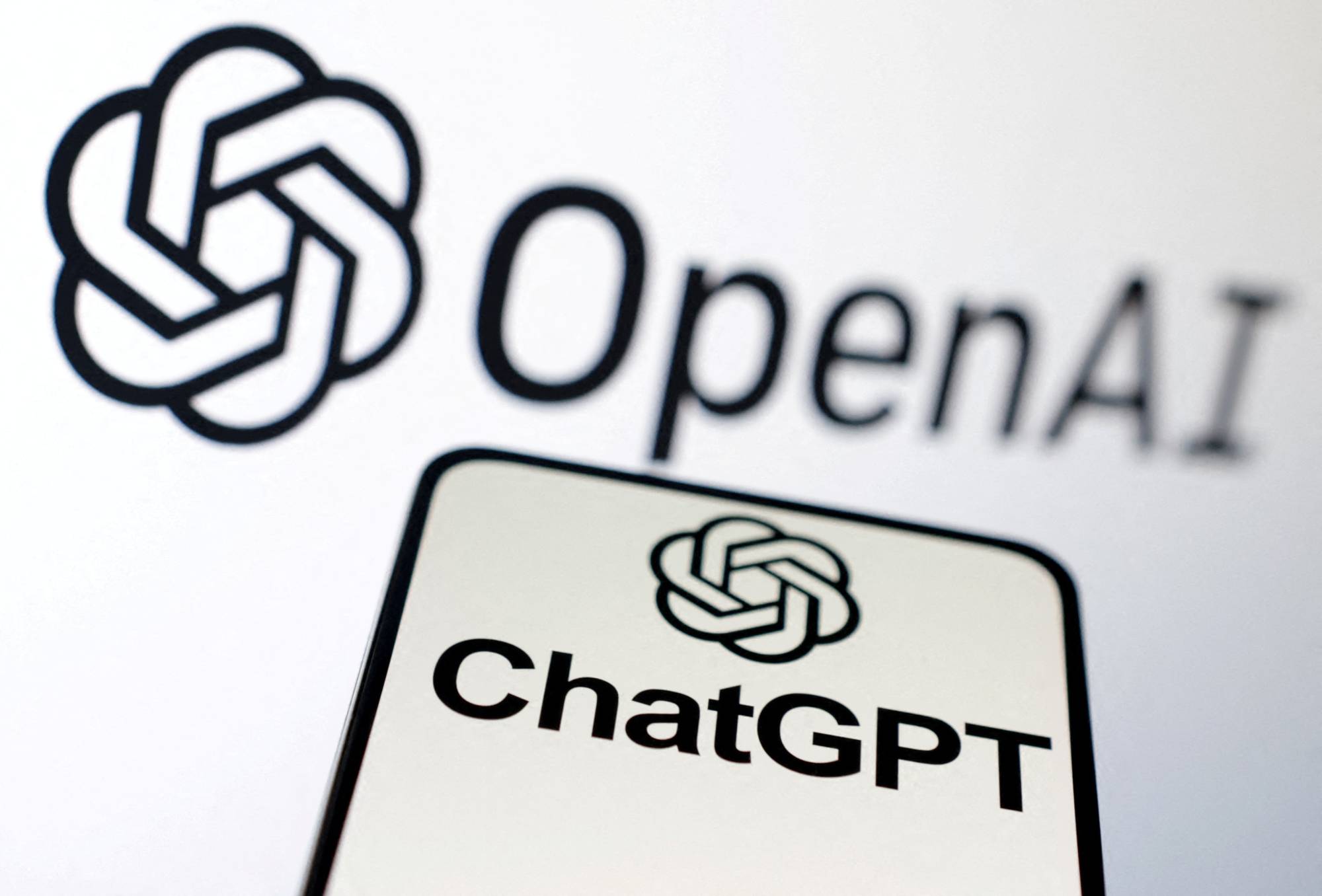Ever since OpenAI released its ChatGPT chatbot last year, a growing number of analysts have been predicting that generative artificial intelligence will displace millions of workers and cause widespread economic upheaval. But how exactly will generative AI affect the global economy?
Recent estimates provide an indication of the looming labor-market disruption. Goldman Sachs economists, for example, anticipate that as many as 300 million full-time jobs could be automated as a result of the latest AI breakthroughs and that two-thirds of workers in Europe and the United States could be exposed to AI-based automation. A working paper by researchers at OpenAI finds that roughly 80% of the U.S. workforce could see at least some of their tasks automated by the introduction of large language models such as ChatGPT. And some law firms and marketers have already begun to use generative AI tools.
But it is still unclear whether the new AIs will improve existing employees’ productivity by taking routine tasks off their hands or simply make workers technologically redundant. To be sure, many white-collar workers would be delighted if AI tools could take on dull tasks like keeping minutes during meetings, answering routine queries or filing expense claims. But many believe — as Daron Acemoglu and Simon Johnson recently argued — that the current generative AI arms race is geared toward reducing costs by replacing workers with algorithms, rather than harnessing the power of these technologies to augment human labor.



















With your current subscription plan you can comment on stories. However, before writing your first comment, please create a display name in the Profile section of your subscriber account page.